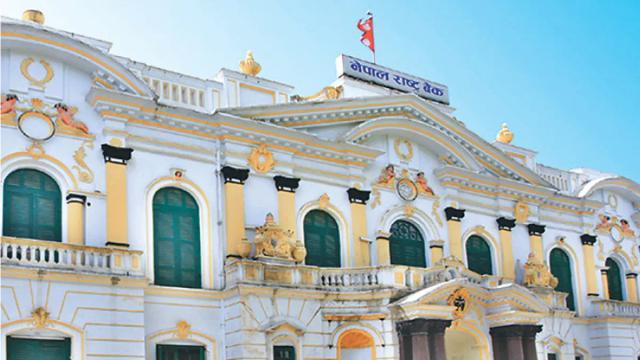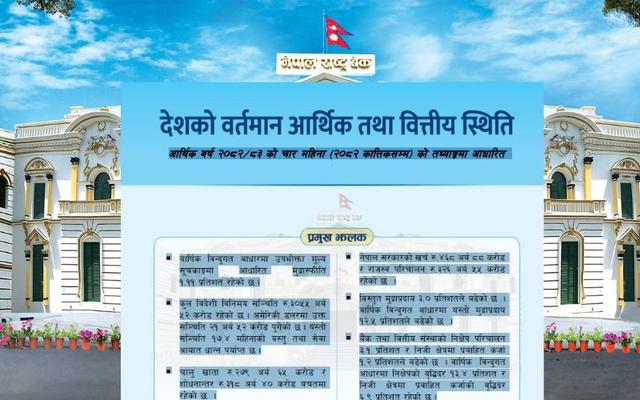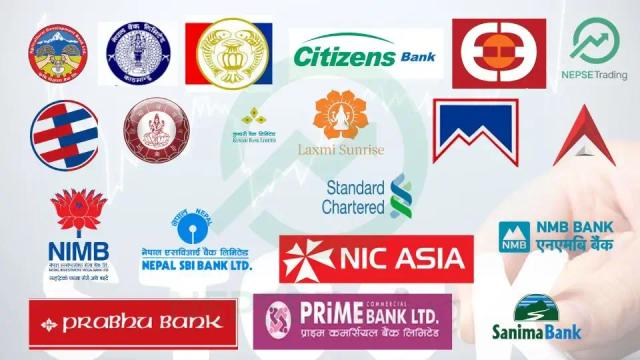Banks Focus More on Consumers and Traders, Less on Production Sector
Author
NEPSE TRADING

In the first 10 months of the current fiscal year 2081/82, banks and financial institutions (BFIs) in Nepal have channeled the majority of loans towards consumer financing and wholesale/retail traders. According to data from Nepal Rastra Bank, 19% of the total credit flow went to consumer loans, while 18% was directed toward wholesale and retail businesses.
During this period, BFIs disbursed a total of NPR 5.526 trillion in loans. Out of this, NPR 1.102 trillion was allocated to consumer lending, marking a 12% increase compared to the same period last fiscal year, when consumer loans stood at NPR 978.22 billion.
Similarly, the wholesale and retail sector received NPR 1.048 trillion in loans—up 3.28% from NPR 1.015 trillion in the corresponding period of the previous year.
Despite the government’s emphasis on prioritizing the productive sectors, loan allocation remains concentrated in daily consumables and luxury goods. Bankers argue that these loans carry lower risk, are usually of smaller amounts, and are easier to recover and disburse.
In the agriculture, forestry, and beverage sector, 17% of total loans—about NPR 939 billion—were invested, which is a 10% increase from NPR 850 billion last year.
Loan investments in the fisheries and mining sectors remain minimal. The fisheries sector received 0.30% of total loans (NPR 16.74 billion), while mining received just 0.21% (NPR 12.14 billion). Both sectors showed a slight increase compared to the previous year.
Overall, the total loan disbursement by BFIs grew by 8% in the review period, indicating some improvement in credit flow, though the distribution still remains tilted toward low-risk, non-productive sectors rather than long-term economic development drivers.



